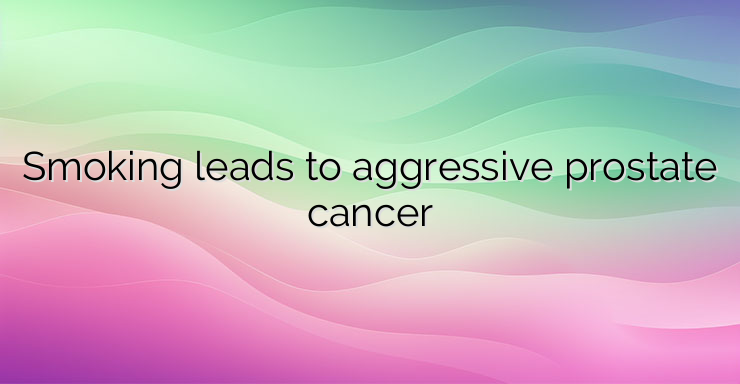Men with prostate cancer who have not quit smoking at diagnosis are at high risk of death from the disease compared to non-smokers, including ex-smokers who quit at least 10 years before diagnosis. This is the conclusion of a group of scientists who conducted a study published in the Journal of the American Medical Association. The study included 5,366 men diagnosed with prostate cancer between 1986 and 2006. Nearly 10% of them did not survive the disease, and 16% had a recurrence after treatment. Compared to men who had never smoked, those who were active smokers when diagnosed with cancer were 61% more likely to die and 61% more likely to experience a recurrence of the disease. “The data shows that smokers develop cancers that are more likely to kill them. ” said Dr. Joshi Alukmal, a prostate cancer specialist at Oregon Medical and Science University in Portland, who was not involved in the study. “In fact, smoking is a major factor that directly affects the aggressiveness of cancer,” notes lead researcher Stacey Canfield, an epidemiologist at the Harvard School of Public Health in Boston. This is because the carcinogens in tobacco smoke accelerate tumor growth. NEWS_MORE_BOX It turns out that men who smoked a pack a day for 40 years – or 2 packs a day for 20 years – were 82% more likely to develop prostate cancer than men who never smoked. they smoked. Those who gave up the harmful habit 10 years before receiving a prostate cancer diagnosis had similar survival rates to men who had never smoked. Therefore, quitting smoking as early as possible is crucial, because the disease also affects 30-year-old men, the scientists emphasize. Prostate cancer is the most common form of cancer among men and, after lung cancer, the second deadliest. The American Cancer Society estimates that 32,000 men died of the disease in 2010. Since 2007, around 5,000 new cases of prostate cancer have been diagnosed in Bulgaria annually. Of these, only about 46% are in a curable stage. About 75% of this group can be cured with timely diagnosis and qualified competent treatment. Early detection of the disease is extremely important, experts explain.


Leave a Reply